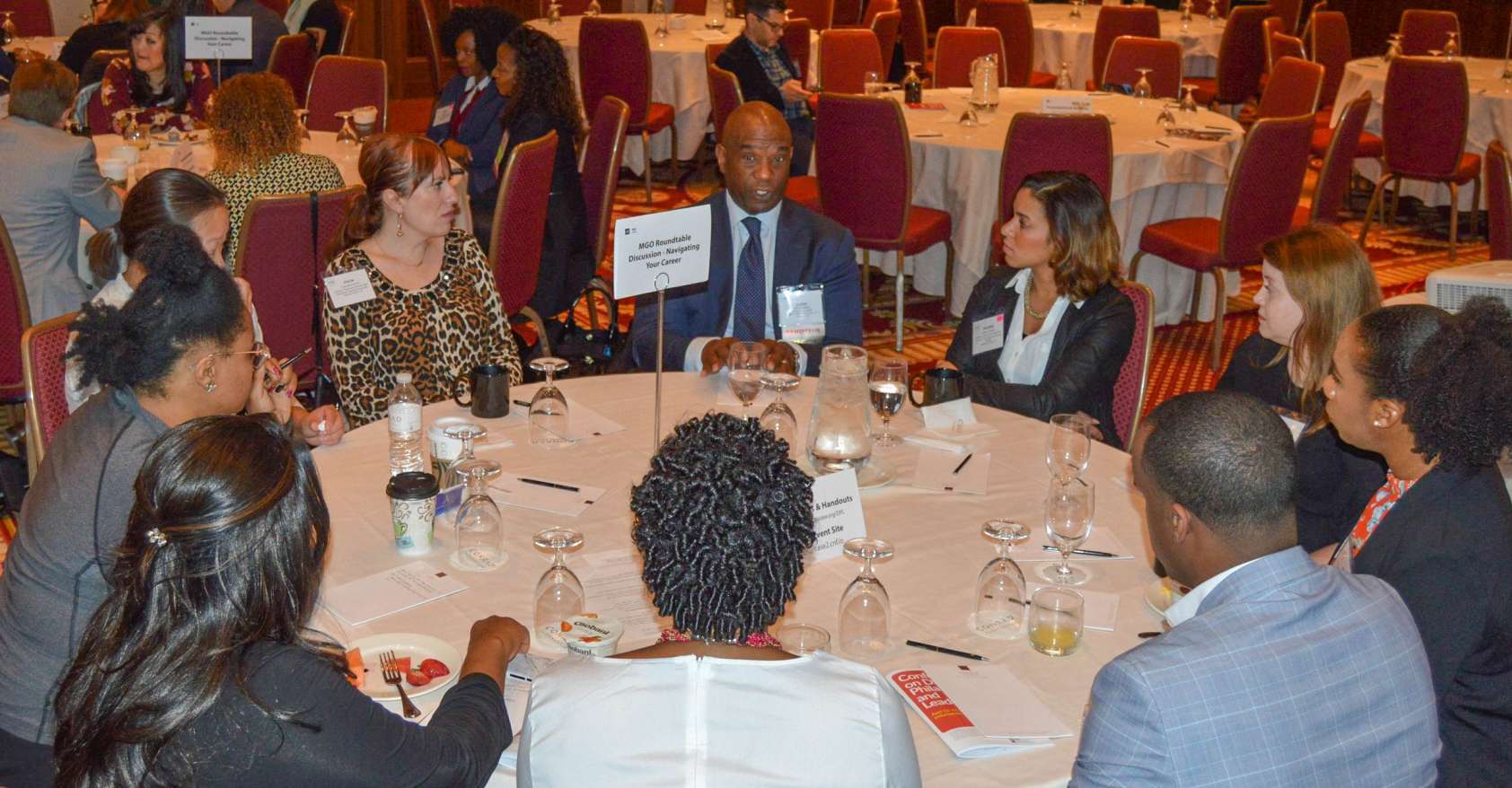Reading Thank you for Being Late by Tom Friedman, followed shortly after that by XLR8 by John Kotter, shows how the speed of change in all parts of our life, especially our work life, will require our leaders to find new ways to navigate this pace. It is no wonder that my conversations with 12 VPs over the last month uncovered a shift in how they are thinking about our work in advancement. So as you enter your planning season for your advancement team, please keep the following six evolving changes in mind and incorporate them into your thinking.
1. Connecting your organization’s impact on society and not just to your campus
One liberal arts college is using an innovative approach to create a campaign plan. With the help of Langley Innovations, the President and VP for Advancement have developed a community dialogue with internal and external audiences to discuss how their college will impact the world moving forward. These conversations are intended to uncover a set of “Big Ideas” for the next campaign that will have a lasting impact on both the college and society. The opportunity to shape the future of the college aligns with how philanthropic partners want to engage in the fundraising process.
2. AI is everywhere: Using technology to enhance productivity
Every VP I spoke to is using several software tools to help elevate connections with prospects, build and manage relationships, identify wealth, and predict engagement and inclination. This move into artificial intelligence (AI) offers some positive enhancements to old practices; however, because these tools are new, their real value and usefulness are still being discovered. The leaders I spoke with are still developing a clear understanding of how these tools can help and how to measure their value. As you move in this direction, make sure you have defined a clear purpose for each software tool, developed a staff training program, and agreed with your leadership team on how you will measure its efficacy.
3. Is the annual fund coming to an end as we know it?
In one of my recent conversations, a VP is eliminating the annual fund department as we know it. The direct marketing, engagement, participation side of the work will move to the communications/marketing department; leadership giving to the central development, and gift society stewardship to the donor relations team. Our profession invented the “annual fund” a long time ago and now might be the time to rethink this construct to increase the effectiveness of our engagement with our alumni, parents, and friends.
4. Diversifying your donor community
As goals continue to climb, VPs are looking to grow the involvement of women and communities of color in their fundraising programs. If you are not convinced about the potential of these pursuits, I suggest you read Gender Matters: A Guide to Growing Women’s Philanthropy (http://www.kathleenloehr.com/project/book/) by my colleague, Kathleen Loehr. Consider providing training to your team to understand how women engage and want to be involved with your college or university. There is also plenty of research showing how alumni of color want to be involved and support their alma maters (https://www.huffpost.com/entry/are-colleges-and-universi_b_3870338). You only need to look at your graduating classes to recognize the communities of color are becoming increasingly important to the future of your fundraising efforts.
5. The evolving nature of Foundation Relations
With ultra-high wealth families setting up a number of channels for philanthropy (family foundations, LLCs, businesses, trusts, and individual giving), the foundation relations leaders of the future will need to help bring the president, principal gift team, vice president for research, university counsel, and corporate relations together to create a more holistic, university relationship with the donor. Traditionally an internally facing position that worked with faculty and senior academic leaders is now becoming a more externally facing and relationship-oriented position. Have you started to shift thinking in this direction?
6. No end in sight for capital campaigns
There seems to be no slow down when it comes to capital campaigns. Not a single VP suggested that a campaign was not imminent or that at the closure of their current effort, there would not be another that follows. VPs are, however, wrestling with the narrowing of the pyramid, whether the next generation will be as generous, and how to match institutional needs with donors who want to play a role in defining their impact. Not surprisingly, these very talented leaders are seeking new solutions to incorporate these the first 5 points of this essay.
Each of these six elements gives you and your team something to consider as you continue to build your team for the future. Underlying each of these trends is a shift in how philanthropy is changing. Your program will benefit from considering how you will include these elements into your short- and long-term planning for your organization. Please share your thoughts about trends or changes you are making in your program.


